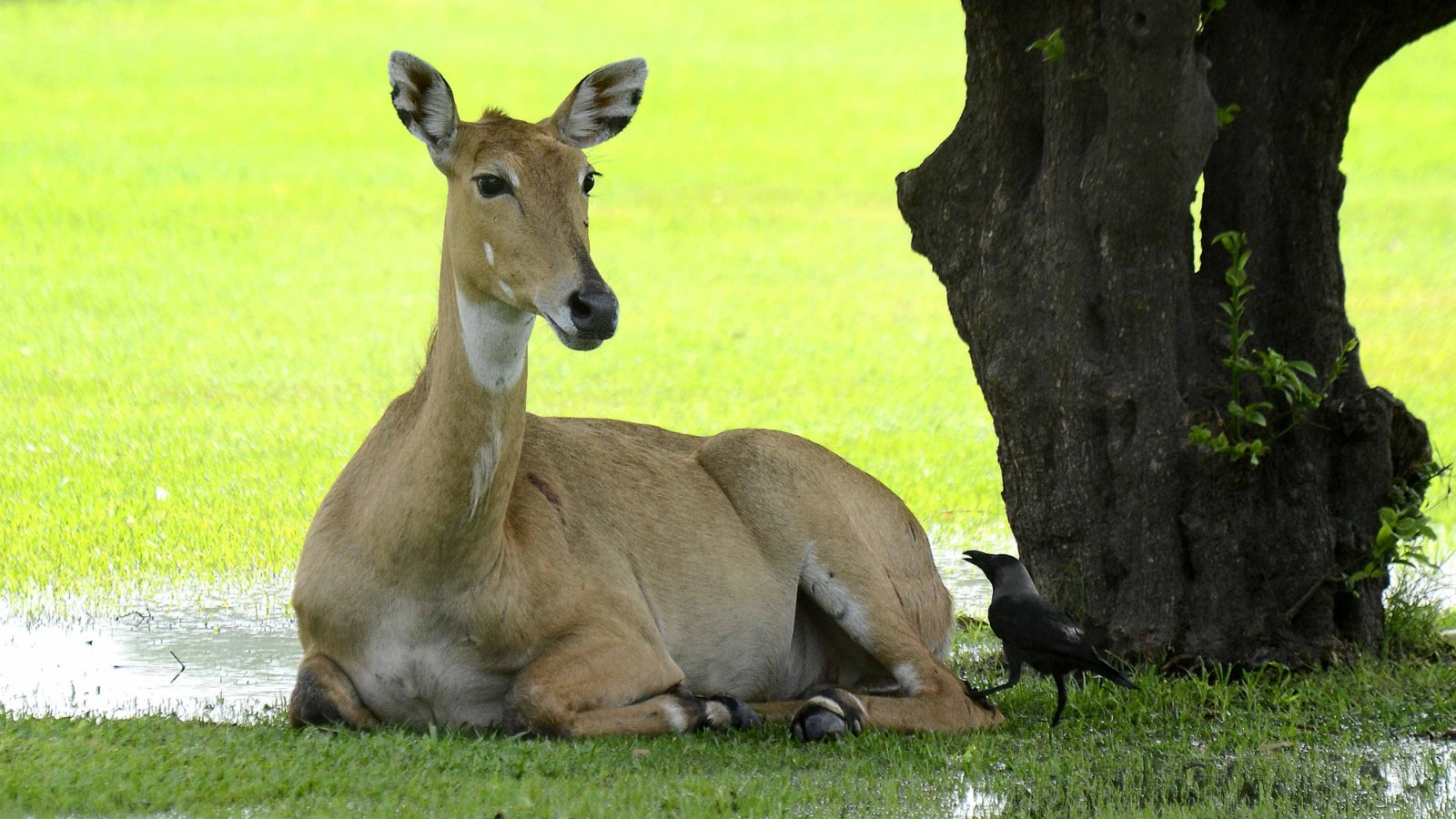India is killing thousands of wild animals to apparently protect its farmers
India is at war with its wildlife.


India is at war with its wildlife.
Over the past few months, authorities have declared, or sought to declare, as vermin an entire bunch of wild animals that are apparently in conflict with humans, particularly farmers.
According to new rules laid out by India’s environment ministry, headed by minister Prakash Javadekar, three wild animals—the nilgai, the wild boar, and the rhesus monkey—can now be killed in a few states. This is simply because these “vermin” damage crops. When an animal is declared vermin, its culling is allowed for a certain period.
The Indian government first issued a notification in Dec 2014 asking state governments for a list of animals they consider vermin. A year later, the ministry issued another notification that allowed wild boars and nilgai—or blue bull, Asia’s largest antelope—to be killed in the eastern state of Bihar. The state government claim that nilgais, whose numbers have grown exponentially of late, damage crops.
In February this year, it allowed Uttarakhand in India’s north to cull wild boars. A similar permission was given to neighbouring Himachal Pradesh in May for getting rid of monkeys. Two other states, Maharashtra and Gujarat are currently awaiting permission to kill nilgais.
Meanwhile, the western Indian state of Goa is studying a proposal to make the peacock a vermin, while West Bengal is seeking the environment ministry’s permission to capture wild elephants because they kill humans.
“When state governments write to us about farmers suffering due to crop damage by animals, then such permissions are given,” Javadekar said on June 10. “It is on the recommendation of state governments; also it’s an old law.”
India has faced man-animal conflict for decades. But the culling of these animals only reinforces the lack of a mechanism to address the issue.
“This is a ridiculous way of dealing with wildlife,” said Sreedhar Ramamurthi, an earth scientist and management trustee at Environics Trust, a non-profit in New Delhi. “There have been no scientific studies to understand their population growth or on how they are a hindrance to farmers or human life.”
The environment ministry’s plans have also come for strong criticism from the country’s child and women welfare minister, Maneka Gandhi, who is a vocal animal rights advocate.
“The environment ministry, suo motu, issued a letter asking states to come forward with proposals (to kill wild animals),” Gandhi said. “They then gave the go-ahead for killing elephants in West Bengal, wild boars in Uttarakhand, peacocks in Goa, nilgai in Bihar. I don’t understand this lust for killing.”
However, animal rights activist Gauri Maulekhi has taken the environment ministry to court, arguing that the culling could create ecological imbalance. India’s supreme court is likely to hear the plea later this week.